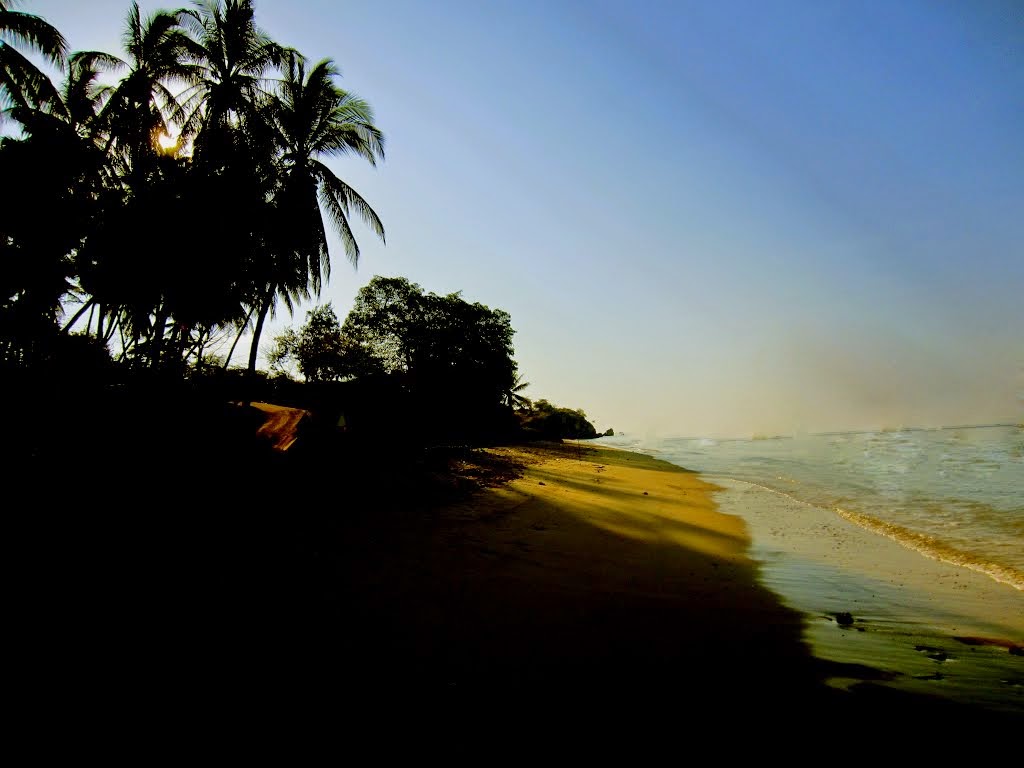https://www.pinterest.com/carismaticatimo/ Timor Leste People - Timor Leste City - Timor Leste Tourism - Timor Leste Beaches - East Timor People - East Timor City - East Timor Tourism - East Timor Beaches
domingo, 17 de maio de 2015
 18:52
18:52 Timor Leste, East Timor
Timor Leste, East Timor No comments
No comments
https://www.pinterest.com/carismaticatimo/ Timor Leste People - Timor Leste City - Timor Leste Tourism - Timor Leste Beaches - East Timor People - East Timor City - East Timor Tourism - East Timor Beaches
quarta-feira, 13 de maio de 2015
 18:56
18:56 Timor Leste, East Timor
Timor Leste, East Timor No comments
No comments
Timor Leste People - Timor Leste City - Timor Leste Tourism - Timor Leste Beaches - East Timor People - East Timor City - East Timor Tourism - East Timor Beaches
terça-feira, 12 de maio de 2015
 01:33
01:33 Timor Leste, East Timor
Timor Leste, East Timor No comments
No comments
The East Timor Independence Day is celebrated on the 20th of May every year
Timor Leste People - Timor Leste City - Timor Leste Tourism - Timor Leste Beaches - East Timor People - East Timor City - East Timor Tourism - East Timor Beaches
segunda-feira, 11 de maio de 2015
 23:25
23:25 Timor Leste, East Timor
Timor Leste, East Timor No comments
No comments
The East Timor Independence Day is celebrated on the 20th of May every year
Timor Leste People - Timor Leste City - Timor Leste Tourism - Timor Leste Beaches - East Timor People - East Timor City - East Timor Tourism - East Timor Beaches
quinta-feira, 7 de maio de 2015
 01:43
01:43 Timor Leste, East Timor
Timor Leste, East Timor No comments
No comments
An activity mastered and performed solely by Timorese women, with techniques passed from generation to generation, is weaving of cotton threads to create a colorful piece of cloth called Tais.
Considered an integral part of East Timor cultural heritage, Tais cloth is used for traditional clothing, home décor, ceremonial adornment and most importantly, before the introduction of standard currency, it was used as a means of trading livestock.
Predominant designs are geometric patterns called kaif and predominant color used is red which symbolizes long life and courage following local belief.
Though these days, tais decorated home or tais clothed individuals are rarely found at the street of Dili, however for those who wanted to have authentic patterned cloth for souvenir can head to Colmera and look for a small compound of pink walls and roofing called Dili Tais Market.
Open everyday, Dili Tais Market sells high quality cloth, wooden carvings of Cristo Rei, rosary beads, swords, silver, t-shirts and other souvenir items embellished with the country flag.
A family run business, the vendors and the store owners are all very welcoming. They let you wander around their shops without the pressure of having to buy something, a total opposite in ambiance compare to the other touristy markets where looking around without buying anything is a source of annoyance to the vendor.
Here, you can witness the actual weaving of textile or see kids playing around the market. During my visit, there were only three or four of us at the whole vicinity and the vendors couldn’t careless if you buy anything or not, they are quite busy playing bingo.
Tais can be bought as a textile, as a handbag, wallet or earrings. According to some reports, there is an inflow of tais-looking textile in the local market sold for way cheaper price, which resulted to confusion among buyers who is hoping to bring home the genuine Timorese tais.
When I first saw tais cloth I was confused on how this pattern available on other South East Asian country can be of Timorese heritage, I even have a bag bought in Laos which look exactly as the one on the display. I guess the confusion and the lack of awareness for most outsiders like me has to be attributed to the lack of written documentation or information about East Timor in general due to the decade long restriction and occupation of Portugal and Indonesia.
For a country which relies heavily on export, buying a Timorese product whether it is Tais or organic coffee not only help the livelihood of local women or families but most importantly, it helps keep nation tradition and identity.
Timor Leste People - Timor Leste City - Timor Leste Tourism - Timor Leste Beaches - East Timor People - East Timor City - East Timor Tourism - East Timor Beaches
Subscrever:
Mensagens (Atom)













 Timor Leste, East Timor
Timor Leste, East Timor












